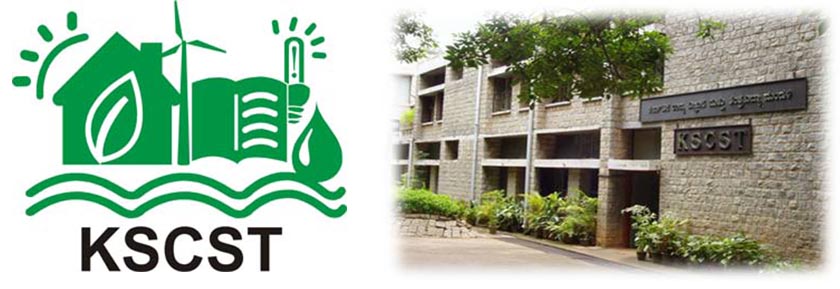Media
Alliance University B.Tech. Students Awarded Project by Karnataka State Council for Science and Technology (KSCST) under the 41st Series of ...
13 June, 2018

The Karnataka State Council for Science and Technology (KSCST), located in the Indian Institute of Science Campus, Bengaluru awarded a project to three Semester VIII engineering students from the Electronics and Communication Engineering stream under KSCST’s Student Project Programme – 41st Series.
The students Kaushik Kumar R (Team Leader for the Project), Rajeshwari Muthappa and Yash T Tated under the guidance of Dr. Ullas Gurudas, are working on the project of development of a highly resonant wireless power transfer system.
The ultimate goal of this project is to build a highly resonant wireless power transfer device. As an essential step towards the ultimate goal the main objective of the project is to develop instrument that can transfer power safely and efficiently over distances.
There is an increasing interest towards the development of schemes to transport energy over large distances without any carrier medium (wirelessly). Most of the efforts in the early days met with little success. Recent development of autonomous equipment such as laptops, cell phones etc., justifies the need for developing devices that can transport power safely and efficiently over a distance. Most of the currently used schemes rely on non-radiative modes (magnetic induction) that are restrict to very close range or very low power energy transfer. Long-lived oscillatory resonant electromagnetic modes, with localized slowly-evanescent field patterns on the other hand found suitable for efficient wireless non-radiative mid-range energy transfer. It is based on the well-known principle of resonant coupling while interacting weakly with other off-resonant objects. This leads to the result that energy can be efficiently coupled between objects in the extremely near field.
The above considerations apply irrespective of the physical nature of the resonances. In this physical realization, magnetic resonances are of particular importance. Magnetic resonances are particularly suitable for everyday applications because most of the common materials do not interact with magnetic fields, so interactions with environmental objects are suppressed even further.
Hence, the researchers have envisioned an opportunity to develop a device based on strongly coupled magnetic resonances at megahertz frequencies. The device developed will have a variety of applications that include placing the source connected to the wired electricity on the ceiling of the factory room while devices such as robots, vehicles, computers etc., are roaming freely in the room. Other possible applications are electric-engine vehicles, RFIDs, Nano-robots etc. Wireless charging systems have great applications in the medical field such as charging implanted devices like Left Ventricular Assist Device (LVAD) heart assist pumps, pace makers and infusion pumps.
